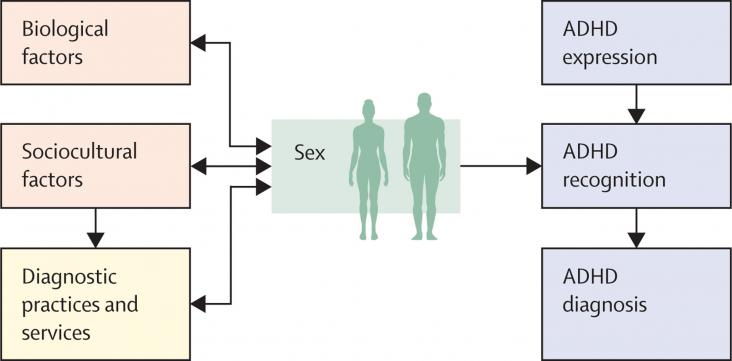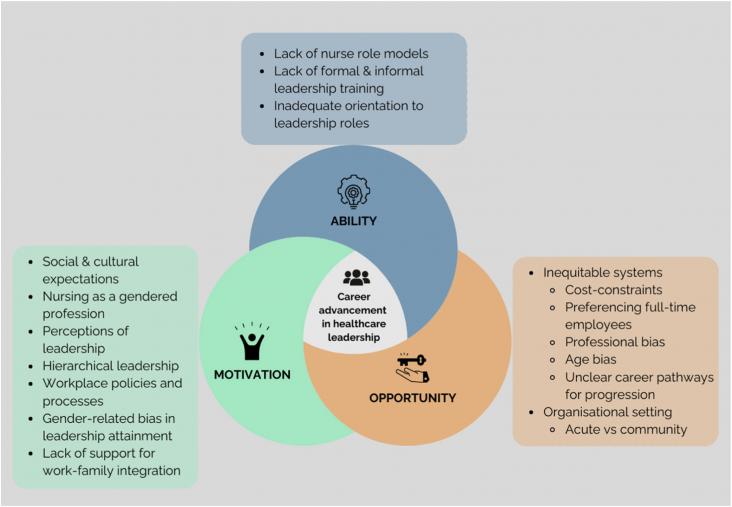
As a type of violence in intimate relationships, reproductive coercion encompasses a range of behaviours that exert external control over reproductive autonomy, from threats to coerce pregnancy to sabotaging contraception and controlling outcomes of a pregnancy, such as coerced abortion or forced continuation of a pregnancy. At a time when reproductive rights and bodily autonomy are under attack in many countries, and when adolescents (especially transgender and gender-diverse youth) are experiencing large barriers to health care, elucidating core characteristics of reproductive coercion, identifying harm reduction strategies, and preventing relationship abuse and reproductive coercion are of paramount importance.
This Series paper supports SDGs 3 and 5 by examining the determinants of maternal health and mortality and how these could be addressed to improve outcomes. The causes of maternal mortality, and efforts to improve maternal health, require a multipronged and multidisciplinary approach.
This Article supports SDG 3 by estimating the global caseload of hearing loss due to certain preventable, disease-based causes of hearing loss; this study was conducted in conjunction with the Lancet Commission on Hearing Loss, with the aim of providing data that could inform policy decisions on how best to allocate resources.
This Viewpoint supports SDGs 3 and 10 by examining how structural ableism denies disabled people equitable access to health care, and discussing the principles by which it could be reduced.

XpertHR's 2023 global research report on pay equity highlighted the critical role of leaders in advancing pay equity strategy. This article discusses three key actions leaders at high-impact organizations take to design and execute on a fair pay strategy that democratizes pay, advances a people-first culture, and improves business outcomes. This article furthers SDG goals 5, 8 and 11.

Readdressing the narrative surrounding the AIDS epidemic and how the experience of so many vulnerable women were largely ignored during that time.
Divorce remains illegal in the Philippines, and this Comment considers the legal situation around divorce and the risk of abuse and other mental health implications of this situation for women. It calls for legal changes to advance gender equity.

This Viewpoint looks at the reasons that females tend to be less likely to be diagnosed with ADHD, are diagnosed later in life, and are less likely to be prescribed medication. It considers potential biological factors including genetic factors, the influence of diagnostic factors such as diagnostic overshadowing, and sociocultural explanations including sex differences in presentation and compensatory behaviour.
The latest global prison trends from Penal Reform International suggest that approximately 740 000 women are in prison and that the number is rising in most regions. Neither the UN 2030 Agenda for Sustainable Development7 nor the UN definition of vulnerability make explicit reference to human rights of people deprived of their liberty.

This Article supports SDG 5 by showing that women nurses aspiring to become healthcare leaders face multiple barriers, including cultural, professional, organisational, and individual barriers. The findings should help to inform workplace policies that can lessen these barriers.
